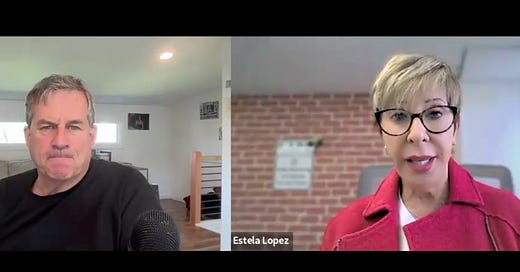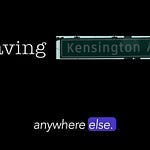The 60 square blocks east of downtown L.A. known as Skid Row has been sadly influential in the nature of homelessness in America for more than a decade.
Tents as homeless shelter came first and en masse to Skid Row. Federal court cases that grew from Skid Row made them immovable.
Those tents and those cases meant that homeless people were now stationary, which meant, in turn, that they gradually became prey. Prey to drug dealers, gang members, pimps, and to the street drugs themselves, which were soon methamphetamine and then fentanyl.
The Skid Row story is the story of many places in the country these days, as those two drugs have made tented homelessness in America more than just living without permanent shelter, but rather, an essay in desperate addiction and scary mental illness amid fetid living conditions.
As Skid Row filled with tents, many of the homeless moved out the district to other parts of L.A. Those court cases set the stage for them to spread to many parts of the western United States. (I wrote about this for L.A. Magazine.)
Estela Lopez has watched all this from the job she’s held for almost 25 years, as Business Improvement Director of Skid Row. Her job, and that of her security and clean-up staff, really amounts to that of a paramedic for the sizable business community in Skid Row, which employs hundreds of people and remains as dynamic as is possible when surrounded by fires, feces, and fights.
She has a take on all this that I find both unexpected and refreshing, for it is based in her years of watching the degradation of the area. Skid Row has always been a tough neighborhood, but never what it’s become in the last 15 years.
Listen, watch, and please share.













Share this post